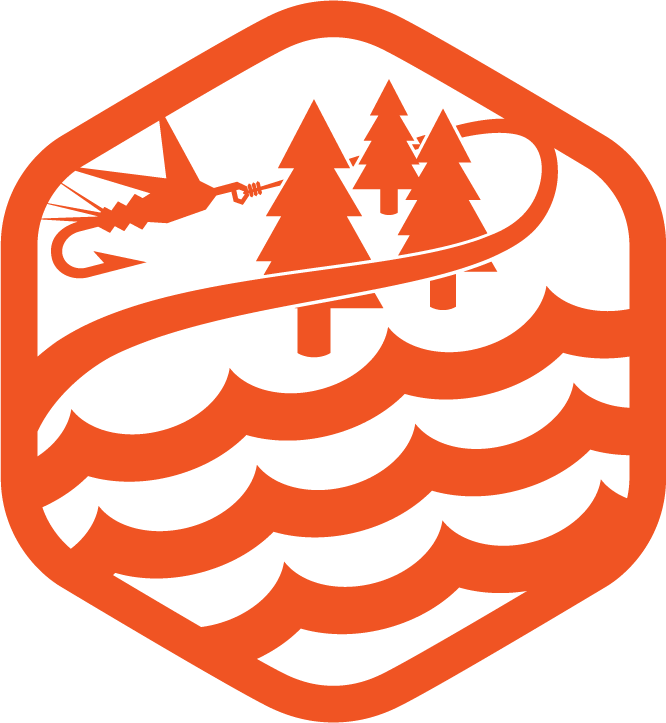Research
Hagerman Fish Hatchery
https://idfg.idaho.gov/visit/hatchery/hagerman
All of the rainbow trout that are released are sterile, so as not to interfere with the genetics of wild populations.
Papers
Lower Snake River Dams Economic Tradeoffs of Removal
https://econw.com/projects-collection/2019/7/29/lower-snake-river-dams-economic-tradeoffs-of-removal
Population Viability Improves Following Termination of Coho Salmon Hatchery Releases
two viability metrics improved significantly after the Coho Salmon hatchery program ended: (1) adult abundance increased and (2) spawn timing expanded and moved closer to the historical timing.
Effective size of a wild salmonid population is greatly reduced by hatchery supplementation
https://www.ncbi.nlm.nih.gov/pmc/articles/PMC3464026/
additional hatchery fish doubled the total number of adult fish on the spawning grounds each year, but cut the effective population size of the total population (wild and hatchery fish combined) by nearly two-thirds.
Reduced recruitment performance in natural populations of anadromous salmonids associated with hatchery-reared fish
https://www.webpages.uidaho.edu/fish510/PDF/Chilcote%20et%20al.%202011%20recruitment%20and%20hatchery.pdf
We found a negative relationship between the reproductive performance in natural, anadromous populations of steelhead trout (Oncorhynchus mykiss), coho salmon (O. kisutch), and Chinook salmon (O. tshawytscha), and the proportion of hatchery fish in the spawning population.
We used intrinsic productivity as estimated from fitting a variety of recruitment models to abundance data for each population as our indicator of reproductive performance.
The magnitude of this negative relationship is such that we predict the recruitment performance for a population composed entirely of hatchery fish would be 0.128 of that for a population composed entirely of wild fish.
The effect of hatchery fish on reproductive performance was the same among all three species.
Further, the impact of hatchery fish from ‘‘wild type’’ hatchery broodstocks was no less adverse than hatchery fish from traditional, domesticated broodstocks.
We also found no support for the hypothesis that a population’s reproductive performance was affected by the length of exposure to hatchery fish.
In most cases, measures that minimize the interactions between wild and hatchery fish will be the best long-term conservation strategy for wild populations.
Fitness of hatchery-reared salmonids in the wild
https://www.ncbi.nlm.nih.gov/pmc/articles/PMC3352433/
Accumulating data indicate that hatchery fish have lower fitness in natural environments than wild fish.
This fitness decline can occur very quickly, sometimes following only one or two generations of captive rearing.
The summary of studies to date suggests:
nonlocal hatchery stocks consistently reproduce very poorly in the wild;
hatchery stocks that use wild, local fish for captive propagation generally perform better than nonlocal stocks, but often worse than wild fish.
We used a simple quantitative genetic model to evaluate whether domestication selection is a sufficient explanation for some observed rapid fitness declines.
We show that if selection acts on a single trait, such rapid effects can be explained only when selection is very strong, both in captivity and in the wild, and when the heritability of the trait under selection is high.
If selection acts on multiple traits throughout the life cycle, rapid fitness declines are plausible.
The influence of hatchery coho salmon ( Oncorhynchus kisutch ) on the productivity of wild coho salmon populations in Oregon coastal basins
https://www.researchgate.net/publication/240671715_The_influence_of_hatchery_coho_salmon_Oncorhynchus_kisutch_on_the_productivity_of_wild_coho_salmon_populations_in_Oregon_coastal_basins
The Effect of an Introduced Summer Steelhead Hatchery Stock on the Productivity of a Wild Winter Steelhead Population
https://www.webpages.uidaho.edu/fish510/PDF/kostow%20and%20Zhou%2006.pdf
We used a suite of Ricker and Beverton–Holt stock–recruitment models that incorporated species interaction variables to demonstrate that when high numbers of hatchery summer steelhead adults were present the production of wild winter steelhead smolts and adults was significantly decreased.
Averaged over the results of our models, a 50% decline in the productivity parameter (the number of recruits per spawner at low densities) and a 22% decline in the maximum number of recruits produced in the basin were observed when high numbers of hatchery fish were present.
We concluded that over the duration of the hatchery program, the number of hatchery steelhead in the upper Clackamas River basin regularly caused the total number of steelhead to exceed carrying capacity, triggering density-dependent mechanisms that impacted the wild population.
The number of smolts and adults in the wild winter steelhead population declined until critically low levels were reached in the 1990s.
Hatchery fish were removed from the system in 2000, and early results indicate that the declining trends have reversed.
Chilcote (2003) demonstrated that the productivity of naturally spawning steelhead populations in Oregon was negatively related to the proportion of hatchery adults in the populations. However, his results could have been due to poor reproductive success by the hatchery adults, a decrease in wild fish reproductive success due to interbreeding between hatchery and wild fish, ecological interactions between hatchery and wild adults and their offspring, or a combination of all these factors.
Articles
https://www.seattletimes.com/seattle-news/environment/the-elwha-dams-are-gone-and-chinook-are-surging-back-but-why-are-so-few-reaching-the-upper-river/?amp=1
https://idfg.idaho.gov/blog/2020/11/and-bs-what-does-it-mean
Bristol Bay - https://thenarwhal.ca/bc-alaska-bristol-bay-sockeye-solutions/?fbclid=IwAR2Od73LKtugL5Z1lNkGvhDdFaur-oWnsVO5n6iTJNpPTxtzgCdIcrGE6Q0
Hatchery & Wild Coexist FAQ: https://hatchery-wild-coexist.com/faq/
